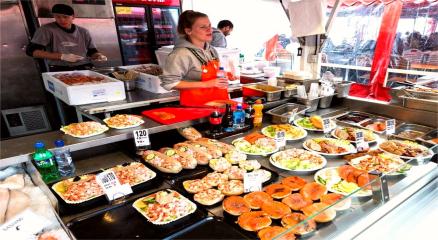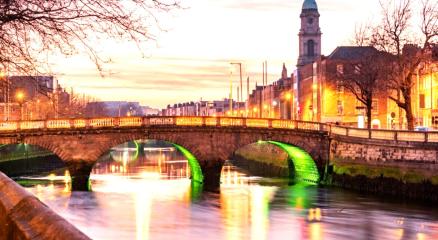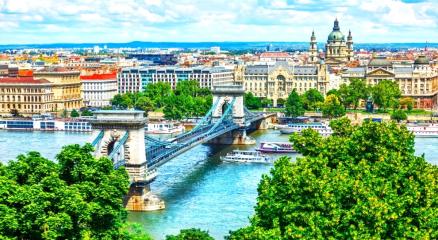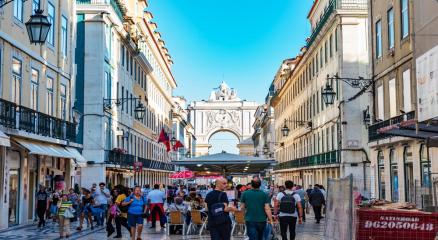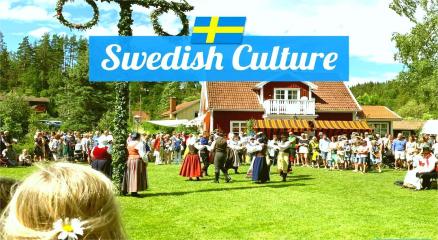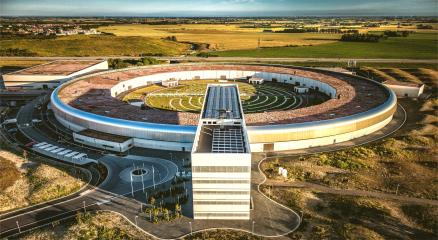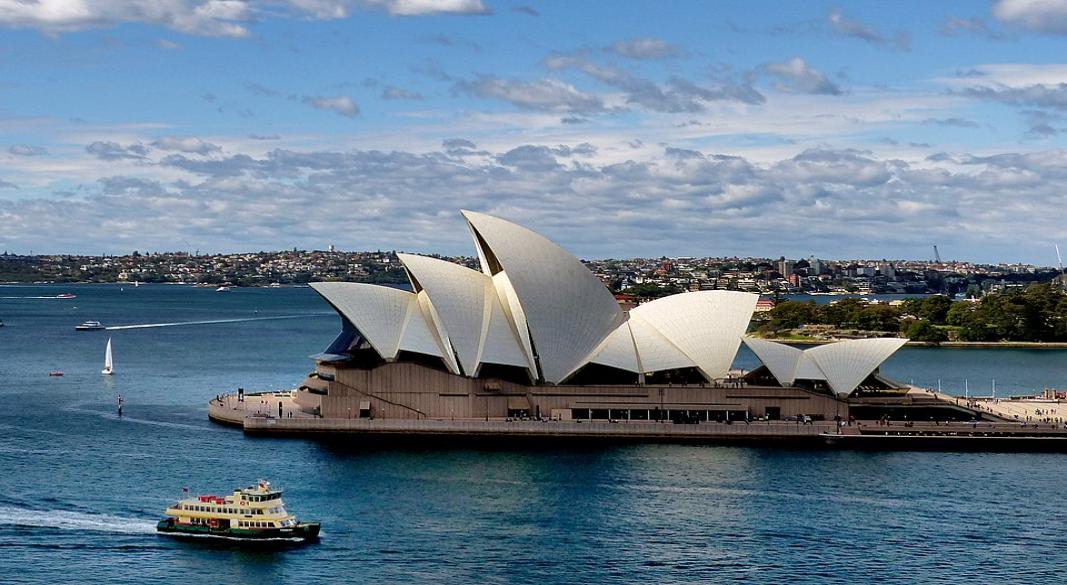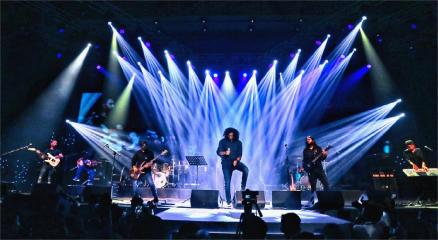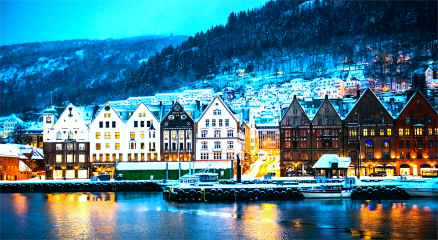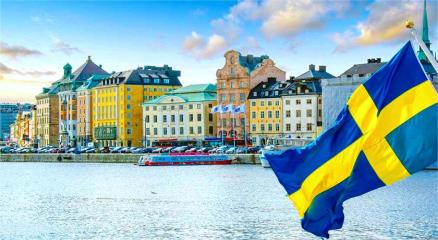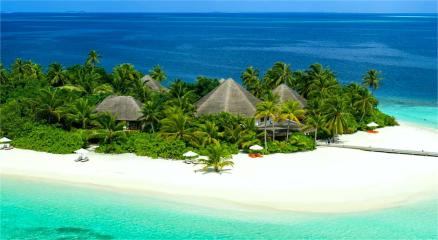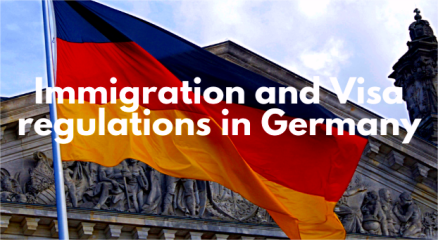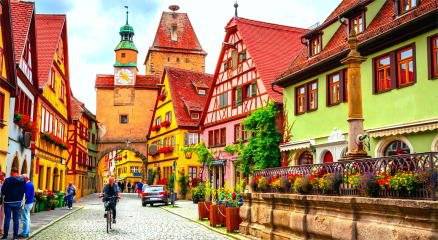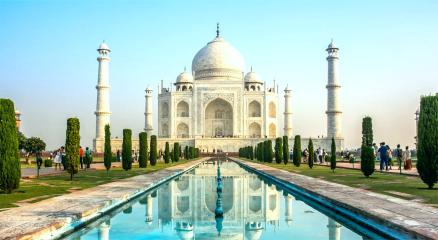Introduction: A Global Symbol of Art and Architecture
Few landmarks in the world capture the imagination like the Sydney Opera House. Standing gracefully on the edge of Sydney Harbour, this masterpiece of modern architecture is not only a performing arts center but also a symbol of Australia’s cultural identity. Declared a UNESCO World Heritage Site in 2007, the Opera House welcomes millions of tourists each year and hosts thousands of performances across genres—opera, ballet, theatre, concerts, and cultural festivals. But beyond its unique shell-like design, what makes the Sydney Opera House famous is its role as a global stage where some of the finest actors, actresses, and performers have showcased their talent.
Location of the Sydney Opera House
The Sydney Opera House is located at Bennelong Point, Sydney Harbour, New South Wales, Australia. Its prime position offers breathtaking views of the Sydney Harbour Bridge and the surrounding waterfront, making it one of the most photographed buildings in the world.
Getting there is easy—visitors can reach it by ferry, bus, train, or on foot from Sydney’s Circular Quay. The Opera House is not just a venue but a central landmark within Sydney’s bustling tourism district, making it a must-see attraction for travelers from every corner of the globe.
Tourist Attractions at the Opera House
The Opera House is much more than just a theatre—it’s a cultural hub. Here are some highlights for tourists:
-
Guided Tours
Visitors can join behind-the-scenes tours that reveal the architectural brilliance of Danish architect Jørn Utzon, who designed the Opera House.
-
Performances and Concerts
From classical opera to Broadway musicals, international concerts, ballet, and contemporary shows, the Opera House hosts more than 1,800 events annually.
-
Dining Experiences
The Opera House offers world-class restaurants such as Bennelong and Opera Bar, where visitors can enjoy fine dining with panoramic harbour views.
-
Forecourt and Festivals
The Forecourt area often hosts open-air concerts and festivals. Vivid Sydney, an annual light and music festival, transforms the Opera House sails into a dazzling canvas of light.
-
Harbour Views
The Opera House steps provide one of the best vantage points in Sydney for photography, sunsets, and views of the Harbour Bridge.
Why the Sydney Opera House is Famous
-
Architectural Marvel
Its sail-shaped design is recognized globally as a masterpiece of 20th-century architecture.
-
Cultural Landmark
The Opera House symbolizes Australia’s artistic excellence and is home to the Sydney Symphony Orchestra, Opera Australia, and The Australian Ballet.
-
Global Recognition
Declared a UNESCO World Heritage Site, it stands alongside global icons like the Eiffel Tower and Statue of Liberty.
-
Entertainment Diversity
It is not limited to opera; the Opera House welcomes performances from international pop stars, comedians, film screenings, and cultural festivals.
-
Tourism Magnet
Over 10 million people visit the Sydney Opera House annually, making it Australia’s top tourist attraction.
Legendary Performers at the Opera House
Over the decades, the Opera House has hosted some of the world’s best actors, actresses, singers, and performers who left their mark on this iconic stage.
Opera Singers and Artists
-
Joan Sutherland – Known as “La Stupenda,” the Australian opera singer was one of the Opera House’s most celebrated performers.
-
Luciano Pavarotti – The legendary Italian tenor performed here, adding to the Opera House’s global prestige.
-
Renée Fleming – The American soprano captivated audiences with her powerful voice at this iconic venue.
Ballet and Dance Icons
-
Rudolf Nureyev – The world-renowned ballet dancer graced the Opera House, bringing elegance and artistry to its stage.
-
The Australian Ballet Company – Regular performers showcasing timeless classics like Swan Lake and modern ballets.
Actors and Actresses in Theatre
The Opera House has staged classic theatre productions featuring international and Australian actors:
-
Cate Blanchett – The Oscar-winning Australian actress has performed in theatre productions at the Opera House, cementing its reputation for world-class drama.
-
Geoffrey Rush – Another Academy Award-winning Australian actor, Geoffrey Rush has been associated with theatrical performances at this venue.
Contemporary Performers
-
Beyoncé – The global pop superstar has performed in Sydney with the Opera House as her backdrop.
-
Crowded House – The Australian rock band famously staged a farewell concert on the Opera House steps, attracting massive crowds.
The Opera House in Popular Culture
The Sydney Opera House is not just a performance venue—it’s a cultural symbol often featured in films, documentaries, and global events. It has appeared in movies like Finding Nemo, countless travel campaigns, and even as a backdrop for New Year’s Eve fireworks celebrations.
Future of the Opera House
The Opera House continues to evolve with renovations, new digital technology, and global collaborations. It is not just preserving its classical legacy but also embracing contemporary art, film, and global entertainment trends.
With its commitment to sustainability and accessibility, the Opera House ensures that future generations will continue to enjoy its magic—both as tourists and as art lovers.
Conclusion: A Stage That Belongs to the World
The Sydney Opera House is more than an Australian icon—it is a world treasure. Famous for its design, performances, and cultural impact, it continues to inspire millions each year. From opera legends like Joan Sutherland to Hollywood stars like Cate Blanchett, the Opera House has welcomed the best actors, actresses, and performers on its stage.
For tourists, it is not just a building—it is an unforgettable experience. Whether you are enjoying a concert, dining by the harbour, or simply admiring its sails at sunset, the Opera House promises moments of awe and wonder.
It stands as proof that art, music, and architecture can unite people from across the globe. Truly, the Sydney Opera House is not just Australia’s pride but the world’s stage.




